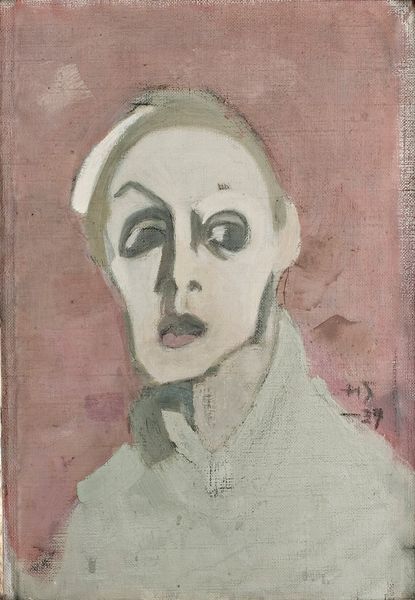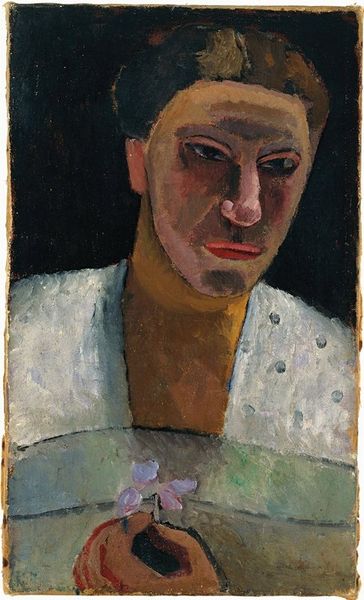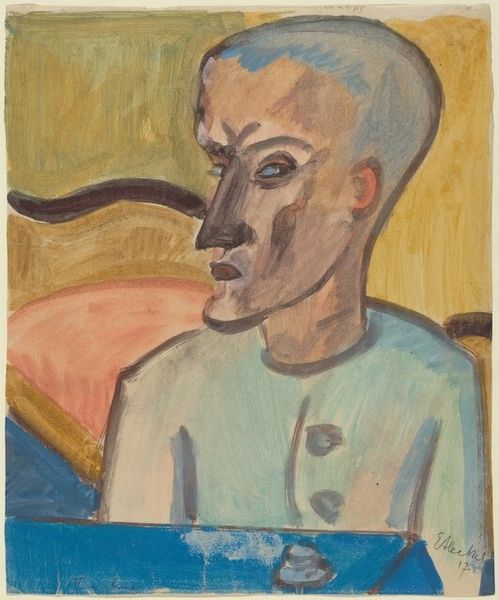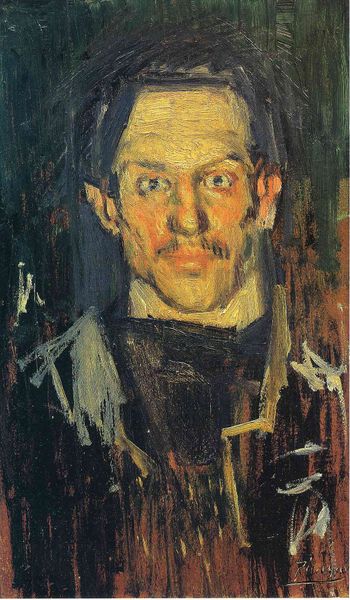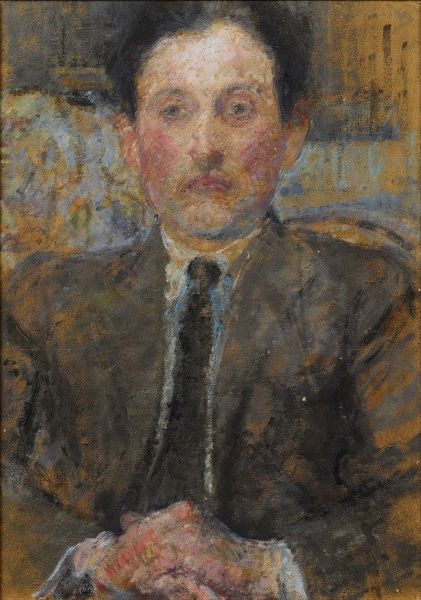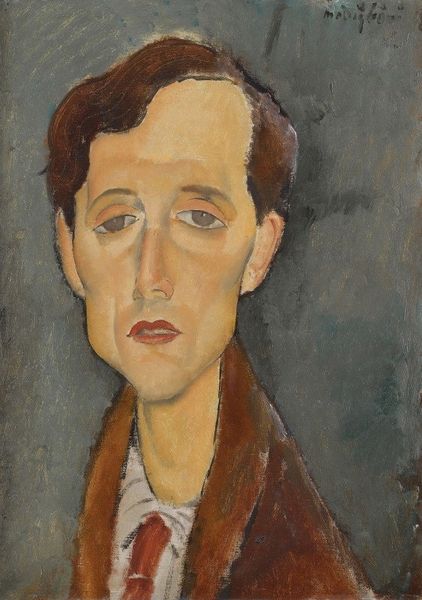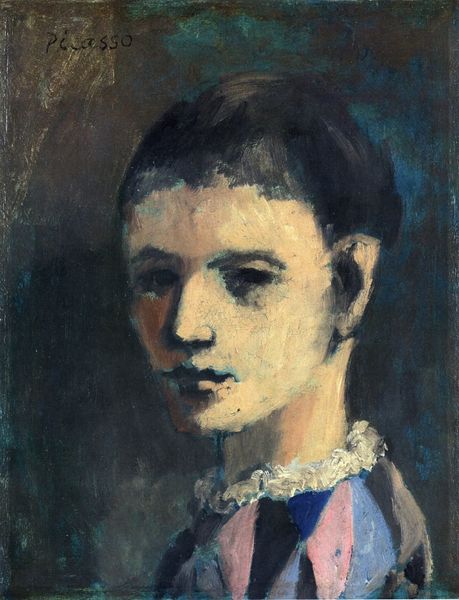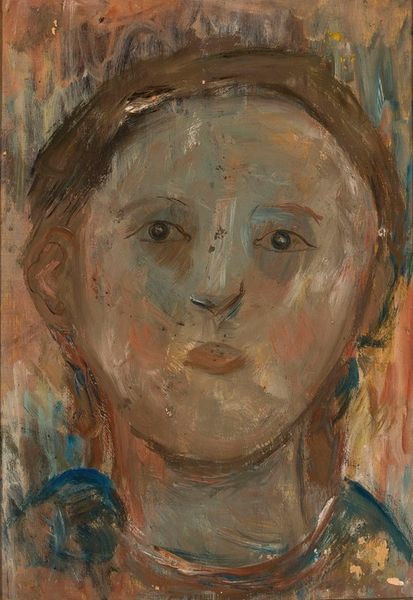
oil-paint
#
portrait
#
figurative
#
oil-paint
#
oil painting
#
expressionism
#
portrait art
#
modernism
Copyright: Public Domain: Artvee
Helene Schjerfbeck painted this portrait of Einar Reuter III using oil on canvas, likely sometime in the mid-20th century. The visible brushstrokes and thin paint application are important here. Schjerfbeck wasn't aiming for a photorealistic likeness. Instead, she used the inherent qualities of oil paint to capture something more ephemeral. The texture isn't about smooth illusion; it's about the act of painting itself. Consider, too, the social context: oil painting has a long and complex history, tied to patronage, the art market, and the status of the artist. By embracing a looser, more expressive style, Schjerfbeck aligns herself with modern movements that challenged those traditional hierarchies. The focus shifts from technical mastery to the artist's individual vision and process. Ultimately, understanding the material choices and techniques involved allows us to appreciate how Schjerfbeck pushes against conventional boundaries, elevating the "how" of artmaking to be as important as the "what."
Comments
No comments
Be the first to comment and join the conversation on the ultimate creative platform.

